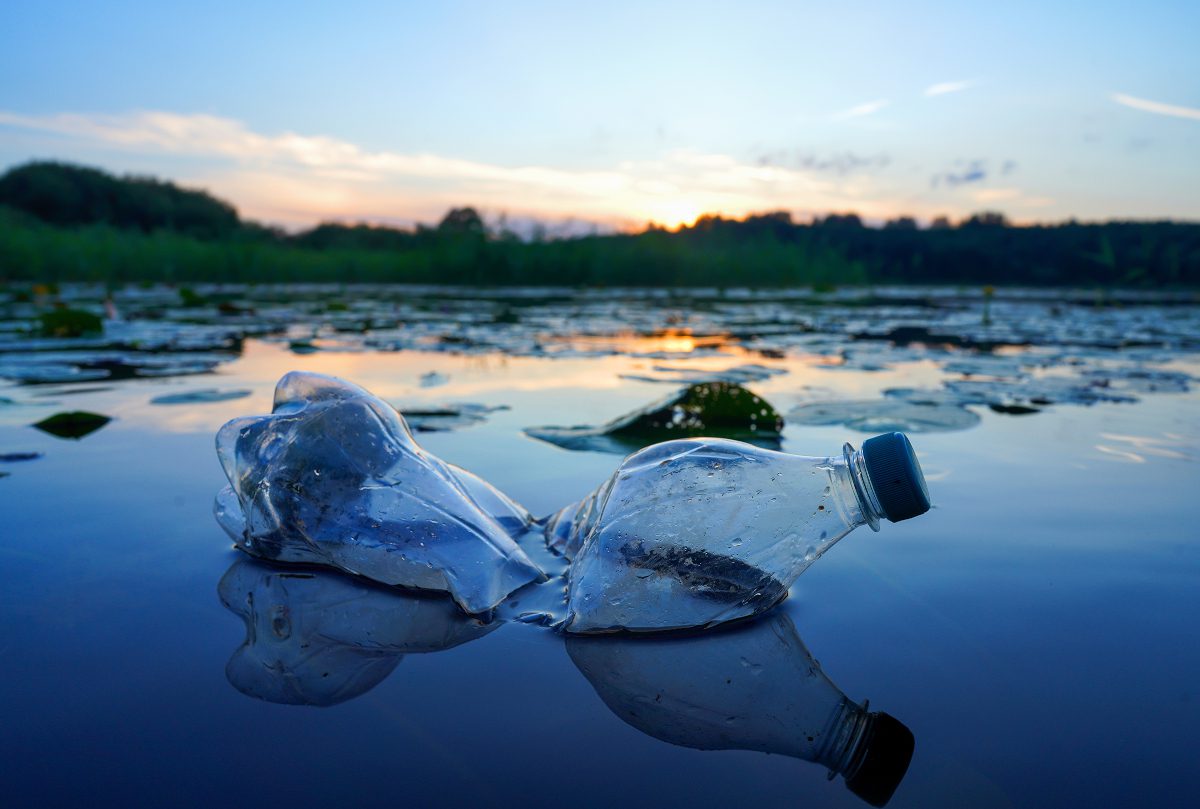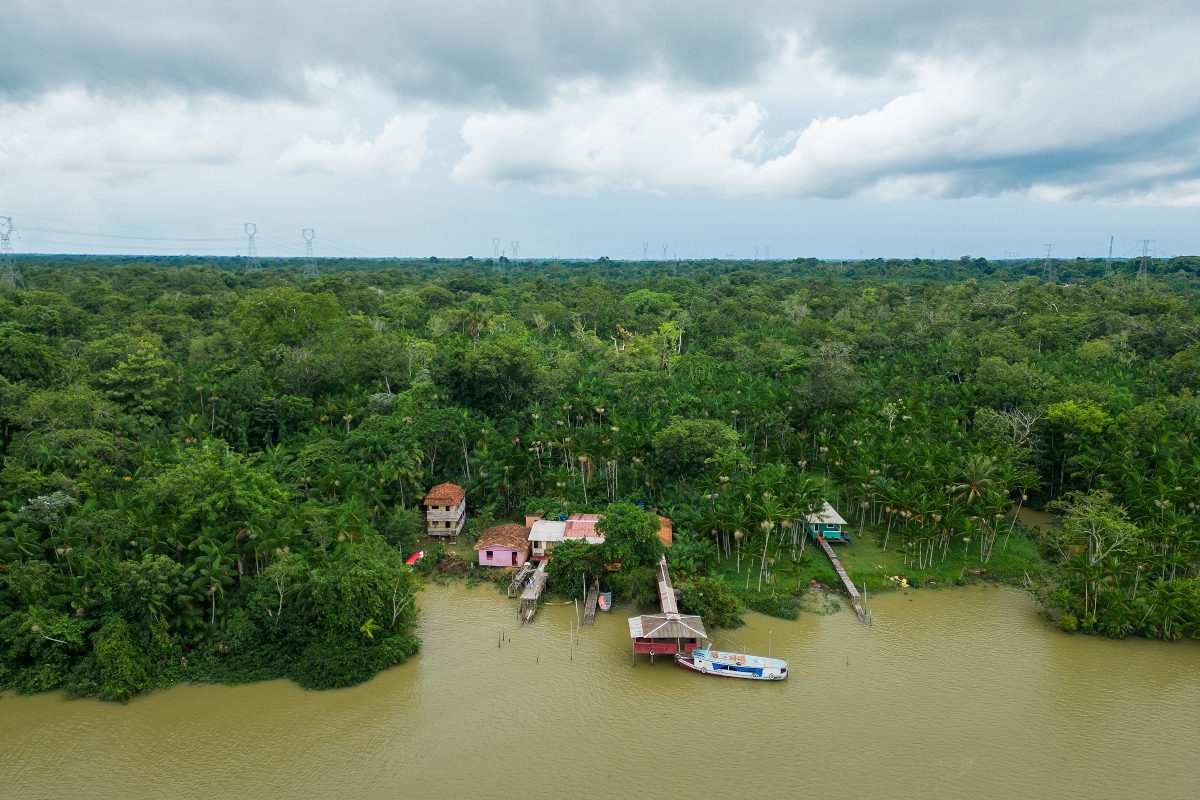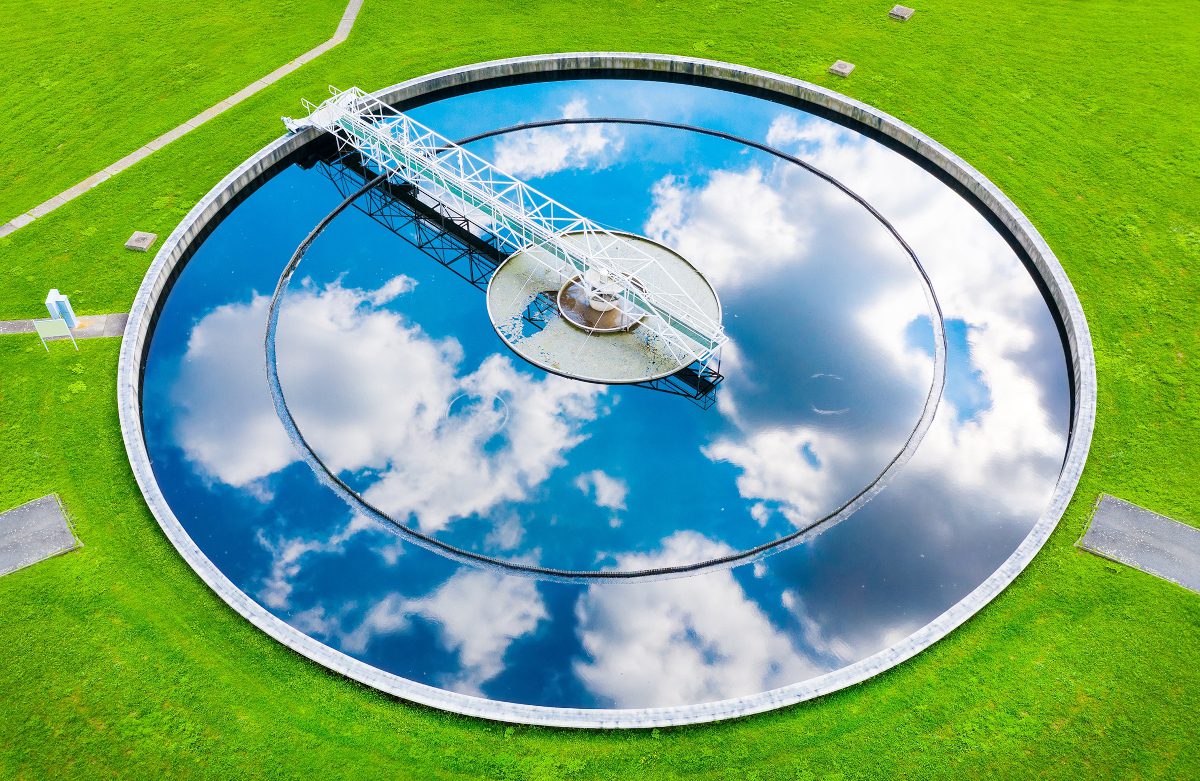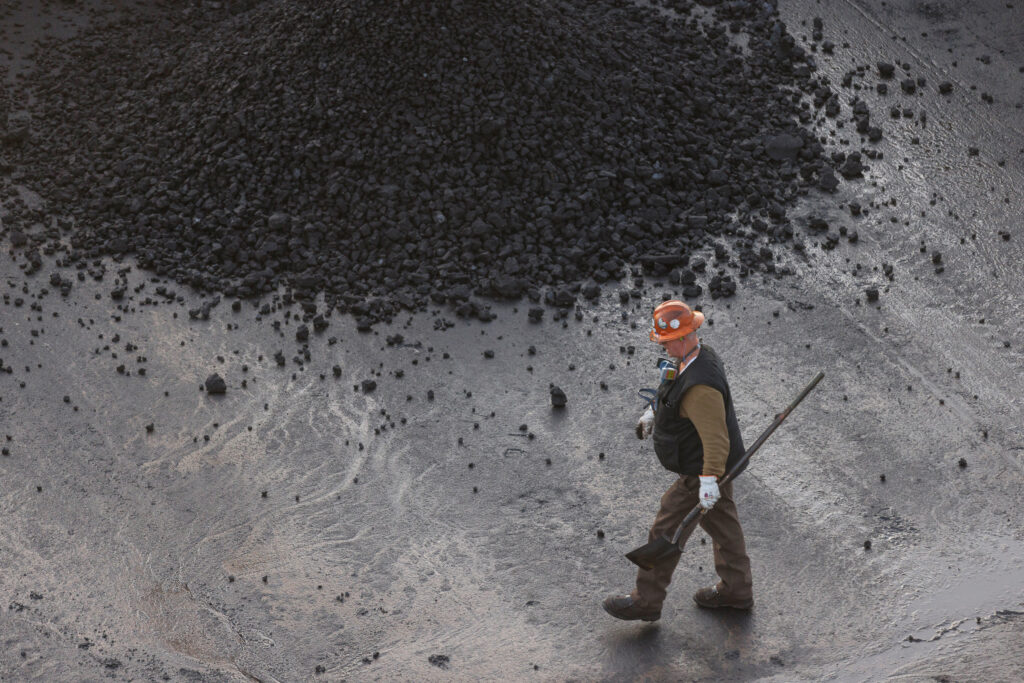Possibly a surprising enlistment in the ongoing culture wars, plastic is nonetheless another issue where melodrama often trumps detail. Or perhaps that should be: “Trumps”. The 47th president’s early executive order on straws – reversing Biden’s own 2024 order aiming to phase out single-use plastics in federal facilities – was undoubtedly another symbolic win for a presidential strategy that seems to place a premium on showboating. But – and you’ve probably guessed what’s coming next – a fairly large segment of informed opinion and civic society is pushing in quite a different direction. Technology seems likely to play a decisive role in eliminating the environmental harms of plastic, and legislation is being shaped to encompass new findings.
The collapse of November’s talks in Busan, which had hoped to agree the terms of a Global Plastics Treaty, an internationally binding legal instrument to control plastics pollution, appeared to be a significant setback. One sticking point seemed to have been on whether such a treaty needs to eliminate plastic, as opposed to improving its disposal or recycling, with a phase-out suggested by Kuwaiti delegates as likely to exacerbate economic inequalities.1
When talks resume this year, said campaign group #BreakFreeFromPlastic, delegations must continue to support “a high-ambition, legally-binding treaty”, which should include provision on corporate accountability, prioritizing plastic production reduction measures, and scaling reuse and refill systems.
Reducing the amount of plastic produced by the fast-moving consumer goods sector has gained traction as a viable way of reducing the amount showing up in the environment, and various studies point to a more or less 1:1 correlation between these two phenomena.2
And it seems self-evident that manufacturers of single-use plastic products should be held accountable for managing the resulting plastic waste. The UK, for instance, has moved in this direction with the Plastic Packaging Tax, which imposes a charge on plastic packaging that fails to meet a minimum threshold of 30 per cent recycled content, and this is currently set at around £217 per tonne.3
The world’s top plastic polluter, The Coca-Cola Company, disappointed environmental observers in late November by quietly dropping a 2022 pledge to achieve 25% reusable packaging by 2030. This was simply removed from its website and (presumably) erased from existence. Campaign group #BreakFreeFromPlastic lamented: “Instead, Coca-Cola continues to focus on failed recycling goals that will do little to address the plastic crisis.”4
Whether recycling contributes adequately to the plastics crisis seems unclear. Some recent data suggest the quality of recycling will be decisive. The EU’s Waste Framework Directive has already recognised this, with Article 11 requiring member states to “promote high-quality recycling”. It encourages the use of separate collection systems to meet the necessary quality standards for relevant recycling sectors.5
One Swedish group reported results in early February that lend support to this position, noting that high-quality material recycling through advanced sorting has a significantly lower climate impact than material recycling without sorting (downcycling). In fact, downcycling has almost as much climate impact as incinerating the plastic.6
They called for the introduction of adequate policy instruments. The current regulatory framework for recycling plastic packaging waste in many places (including Sweden) prioritizes recycling over incineration but doesn’t consider how different recycling methods affect the climate, resource efficiency, and the possibility of increased circularity.
Advanced computer vision and robotics is making it possible to sort waste material into more specific streams, and in a fast and accurate way. For example, Recycleye provides robotic pickers that can process up to 55 items per minute with less than one per cent contamination, as Tom Cash, director of automation parts supplier, Foxmere, explains in a recent article. It also opens up the possibility of more precise separation, and extracting high quality recyclates, such as food-grade polyethylene terephthalate (PET), from residual waste.
“It’s been claimed that this reduces the cost of waste sorting and boosts profit margins from higher purity material bales,” said Cash.
Where does it come from?
An underpinning of the plastics crisis seems to be the fact that very little plastic packaging is recycled (9% being one OECD estimate), so the rest ends up in landfill, incineration or the environment. There are many unknowns here, and popular myths. For example, one familiar saw is that 80% of the plastics in the ocean come from land, with the rest originating at sea. “This claim is uncertain,” according to the Plastic Mythbusters website,7 a project set up in 2023 by academic groups, which said it couldn’t find credible scientific source to support the claim.
“The percentage of land- and sea-based plastic inputs into the ocean has not yet been calculated on a global level and therefore remains unknown.
“Scientific studies show that the ratio of land versus ocean-based plastics can differ strongly depending on the specific location the scientific metric used.”
Similarly with the claim that we ingest and inhale a credit card’s worth of plastic every week? “This claim is certainly false,” says the website, pointing out that while scientific estimates vary widely, ‘one credit card per week’ is a gross overestimate.
When it comes to identifying the waste found in the environment, there also seems to be scant room for certainty. In one study, less than half the waste collected had recognizable branding, making it impossible to connect it with the companies responsible for producing it.
One solution being explored here is Blockchain, providing a secure and accurate way of tracking plastic waste back to its source. For example, a project called TRACKCYCLE launched by Circulor in partnership with TotalEnergies and Recycling Technologies, aims to enhance traceability in hard-to-recycle plastics (HTRP). It uses Blockchain technology to create a seemingly fully transparent recycling value chain, tracking materials from waste sourcing to the production of recycled polymers. Stakeholders in the polymers industry are provided with detailed records of material quality and origin.8
New materials
Finding alternative materials to those currently used for single-use plastics is another important avenue of progress. Improvements with biodegradable plastics has prompted some unusual claims, and China has even exempted biodegradable bioplastics from its ban on single-use plastic, as if it were evident that end-of-life issues with these materials are not the same as with other plastics.9
Unfortunately, things are not quite as clear-cut as this suggests, as technology analyst IDTechX noted in a recent announcement.10 “To biodegrade well, these bioplastics need certain conditions in their environment. If they end up in a landfill in an anaerobic environment, they will not degrade at all.”
Their limitations are being addressed by the development of bioplastic bio-composites, which combine bioplastics with biobased fillers such as natural fibres derived from wood pulp, wood flour, and cotton. These fibres can be incorporated into the polymer matrix during the resin extrusion process, realizing advantages of strength and durability, while also maintaining biodegradability.
“Overall, the gap between the promise and delivery of biodegradable bioplastics is still significant,” concludes the group in its recent report, “Are Biodegradable Bioplastics Meeting Their Promise?” But better infrastructure for composting these materials, and innovations like biobased composites, promise ongoing improvements.
At Davos in January, NBCo announced a range of fibre bottles, made from “rapidly renewable resources” such as bamboo and agricultural waste. These provide a reported recyclability rate of 90-99% in paper streams. NBCo said the products were undergoing rigorous biodegradability testing in soil and seawater, which was expected to conclude in early 2025.
Much of the offering seemed to revolve around the provision of “a truly end-to-end supply chain”, and an approach that claims to grasp the complexity involved for brands to switchfrom plastic to fibre-based solutions.
The group’s presentation also carried the suggestion of something like a new paradigm, and spoke of “regenerative manufacturing”, which they said, “offers a vision of putting more back into the system than we take out.”
“True circularity mirrors nature: we must create materials that can seamlessly return to the earth as nutrients, not poisons.”
Notes
[1] “Global plastic talks collapse as oil states rebel”, BBC, 1 December 2024. https://www.bbc.co.uk/news/articles/c785l1nrpd1o
[2] A peer-reviewed study published by Science Advances. https://www.science.org/doi/10.1126/sciadv.adj8275 fbclid=IwZXh0bgNhZW0CMTAAAR1TaR6pqqY7SDzVQDvvyW4WQ7E8RFfnJ5NwlfyAyxBJiiZZ49k37-X_Ihg_aem_BGSuHAtnUHFNWS5Np49pDg
[3] https://www.gov.uk/green-taxes-and-reliefs/plastic-packaging-tax
[4] Press release, “Sustainability Advocates Respond to Coca-Cola Quietly Dropping its 25% Reusable Packaging Target”>Sustainability Advocates Respond to Coca-Cola Quietly Dropping its 25% Reusable Packaging Target”, BFFP, received by email, 3 December 2024
[5] https://ec.europa.eu/environment/pdf/waste/framework/guidance_doc.pdf
[6] Press release, “Big difference in climate benefits between recycling methods – new policies needed in Sweden and internationally”, Svensk Plaståtervinning AB, received 11 February 2025.
[7] The Plastic Mythbusters website was set up in 2023 by researchers at the University of Strathclyde and Helmholtz-Zentrum Hereon and communications experts at Ahnen & Enkel.
[8] “Is production really pollution? Technology that tackles the plastic waste problem” by Tom Cash, director of automation parts supplier, Foxmere. Received by email, 20 January 2025.
[9] Press release, “Are Biodegradable Bioplastics Meeting Their Promise?”, IDTechEx, received 16 October 2024.

















